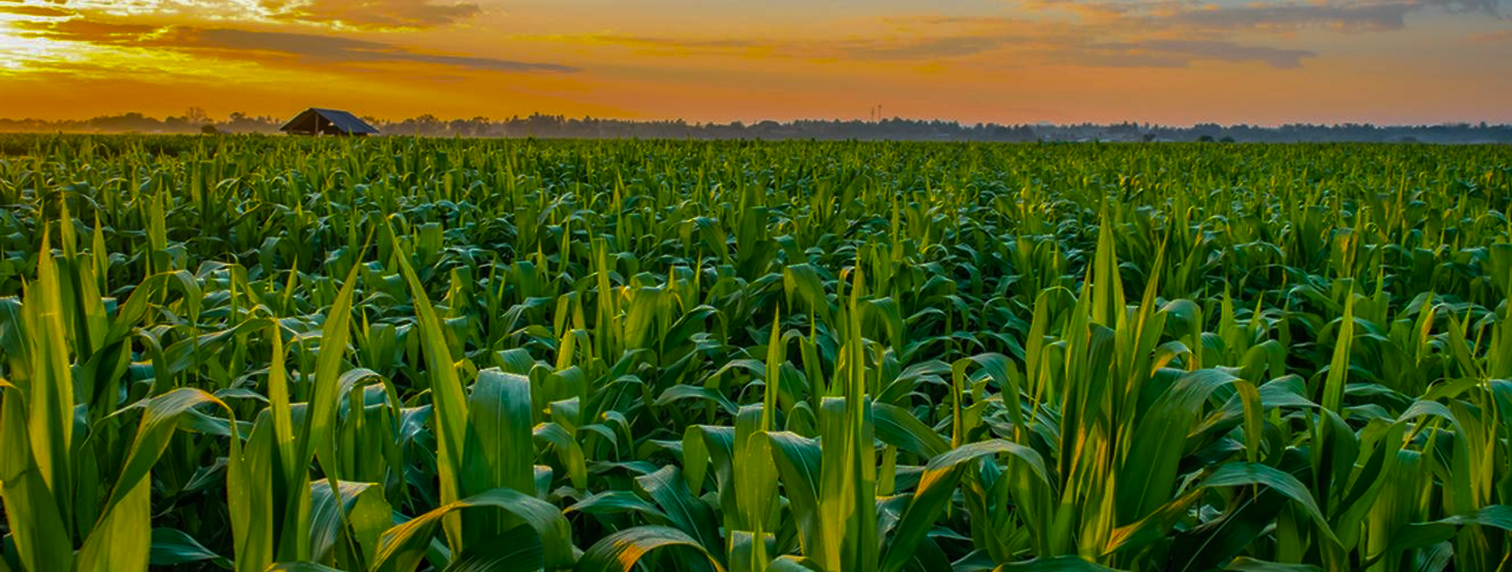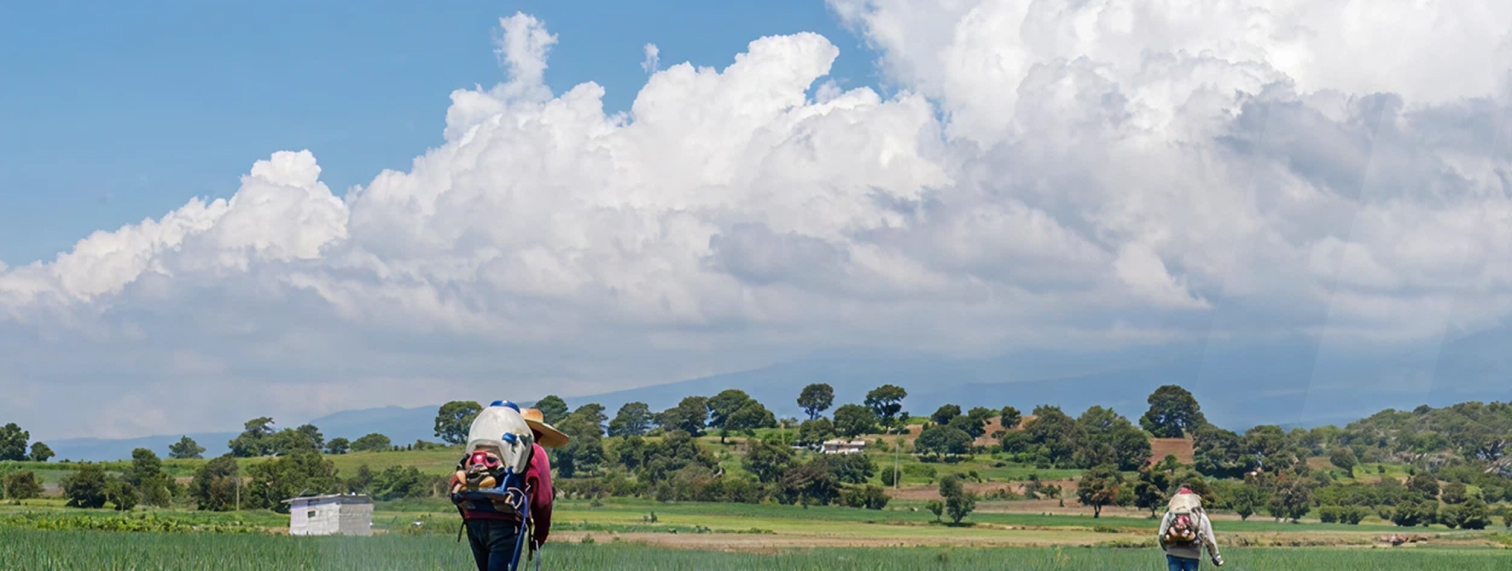Please Signup
I accept all terms and conditions
Southeast Asia Agriculture Profile
Powered by SEARCA, our knowledge platform supports data-driven research, collaborative dialogue, and regional policy innovation to transform agriculture across Southeast Asia.

Southeast Asia is consists of 11 countries that are generally divided into “mainland” and “island” zones. The mainland zones are essentially viewed as an extension of the Asian continent, and these include Cambodia, Lao PDR, Myanmar, Thailand, and Vietnam. The Islands of Southeast Asia, also known as the Insular Region, include Brunei Darussalam, Indonesia, Malaysia, Philippines, Singapore, and Timor-Leste.
(30% of total land area)

(Agriculture sector, FAO 2020)

(Staple food of the region)

(30% of global rice harvest)
Geographic Profile
Demographic Profile
Economic Profile
Main Products
Current Concerns
Southeast Asia covers over 4.5 million square kilometers, with Indonesia being the largest country in the region. The region lies between the tropics, resulting in a relatively uniform climate, vegetation, and wildlife across countries.
Southeast Asia has a tropical climate, characterized by high temperatures and humidity year-round. Some countries experience a monsoon system of winds, while others, particularly in the insular region, have a humid equatorial climate.
140 million hectares (30% of total land area) in Southeast Asia are devoted to agriculture. (World Bank, 2022)
48 million hectares are used for rice cultivation, producing 30% of the world’s rice harvest. (IRRI, 2022)
Southeast Asia is one of the most ethnically diverse regions, with over 1,200 languages spoken and more than 350 recognized ethnic minorities, many of whom live in remote mountainous areas.
Mainland Southeast Asia is predominantly Buddhist.
Insular Southeast Asia is primarily Islamic.
40% of the population follows Sunni Islam, while others practice Theravada Buddhism and Christianity.
Total population in 2022: 680.7 million (World Bank)
Indonesia houses over 40% of this population.
Growth rate is slowly declining due to family planning, urbanization, and socioeconomic factors.
Total GDP in 2022: $3.25 trillion (World Bank)
Indonesia contributed $1.32 trillion, driven by palm oil production and export.
ASEAN is one of the fastest-growing regions globally, with Malaysia’s economy growing the fastest in 2022.
337.9 million employees in ASEAN in 2022 (ASEAN Statistical Brief, 2024).
27.6% work in Agriculture, Forestry, and Fishing (AFF).
30% of the labor force was in agriculture in 2020 (FAO), but the number is declining due to shifts to non-agricultural jobs.
Lao PDR and Malaysia had the highest proportion of agricultural employment in 2022 (World Bank).
Rice is the most important staple and the region’s top agricultural commodity.
Southeast Asia produces 30% of the world’s rice harvest (IRRI, 2022).
Thailand and Vietnam are among the world’s top three rice exporters.
The region is often called the “rice bowl” of the world due to its high rice production.
All Southeast Asian countries, except Singapore, are rich in natural resources.
Many economies, such as Brunei Darussalam, rely heavily on oil and gas.
Key natural resources in the region:
Timber and mahogany
Natural rubber
Palm oil (Indonesia is the top global producer, accounting for 60% of world production in 2023/2024).
Copra and other coconut products
ASEAN promotes economic and security cooperation among its members.
Plays a crucial role in Asian economic integration to create a competitive region.
Established multiple trade agreements:
Free Trade Agreements (FTA)
Free Trade Area (FTA)
Regional Comprehensive Economic Partnership (RCEP)
Trade supports economic growth through exports of goods and services.
22.1 million people in Southeast Asia suffer from acute malnutrition (FAO, 2021).
125 million people across the region were undernourished in 2021.
Stunting (height-for-age) affects 25% of children under age five (UNICEF, 2021).
Wasting (low weight-for-height) affects 9% of children under five.
Overweight rates are increasing, with 8% of children under five affected.
There are various issues and challenges in the overall agriculture sector of all countries in the Southeast Asia region, which directly affects the food production in the region; thus, hampering the ability of each country to continuously increase economic growth and development with high dependency on local production of commodities. These issues and challenges in agriculture contribute to the severity of food and nutrition insecurity in the country. Hence, it is crucial to determine these issues so that appropriate solutions can be put in place. The following issues are identified that is rampant in the Southeast Asia region:
Southeast Asia is highly vulnerable to climate change and natural hazards. Extreme weather patterns like intense heat, high humidity, and rising sea levels impact agricultural production.
In 2023, food price inflation in most low-income countries exceeded overall inflation rates (FAO).
Millions have been pushed into hunger and poverty due to unaffordable food prices.
Import-dependent countries like Singapore face increased food insecurity risks.
Urbanization and industrialization are reducing available agricultural land.
Soil erosion, deforestation, and unsustainable farming degrade soil quality.
Land degradation threatens food production and food security in the region.
Get the latest policy insights, research highlights, and knowledge resources from across Southeast Asia delivered straight to your inbox.
